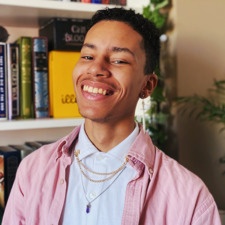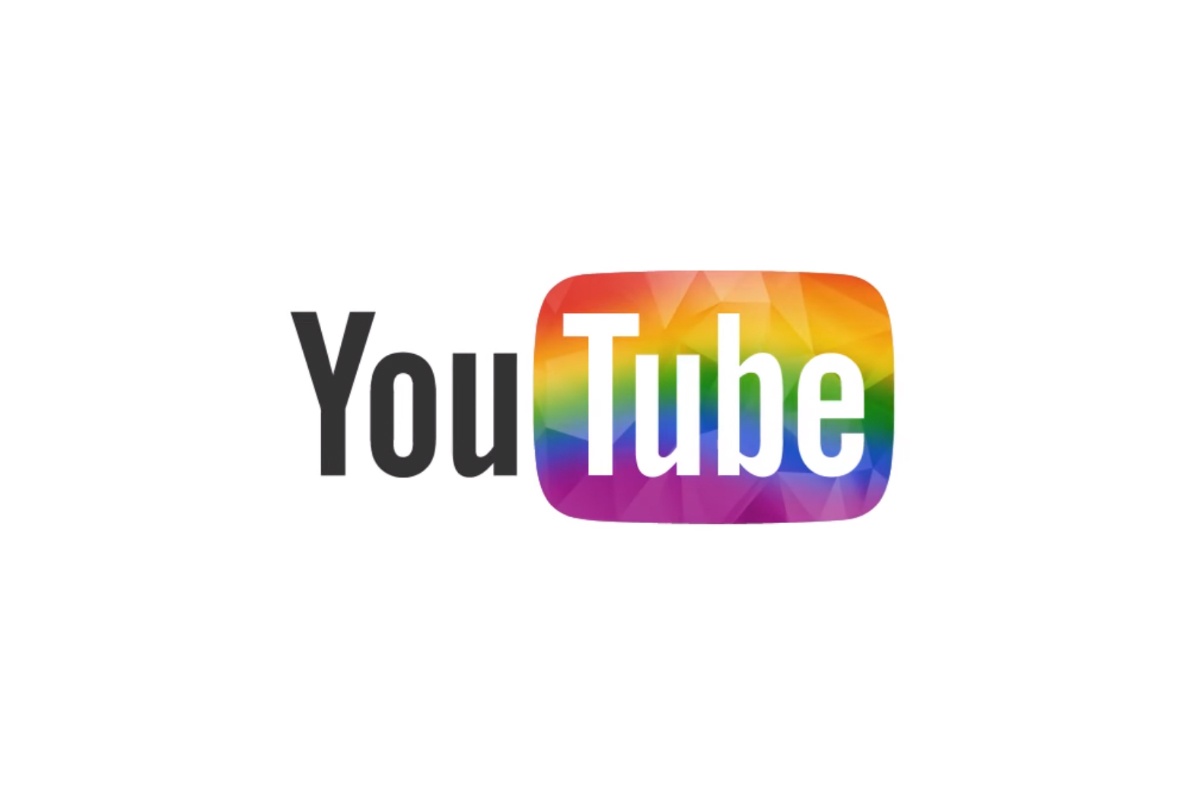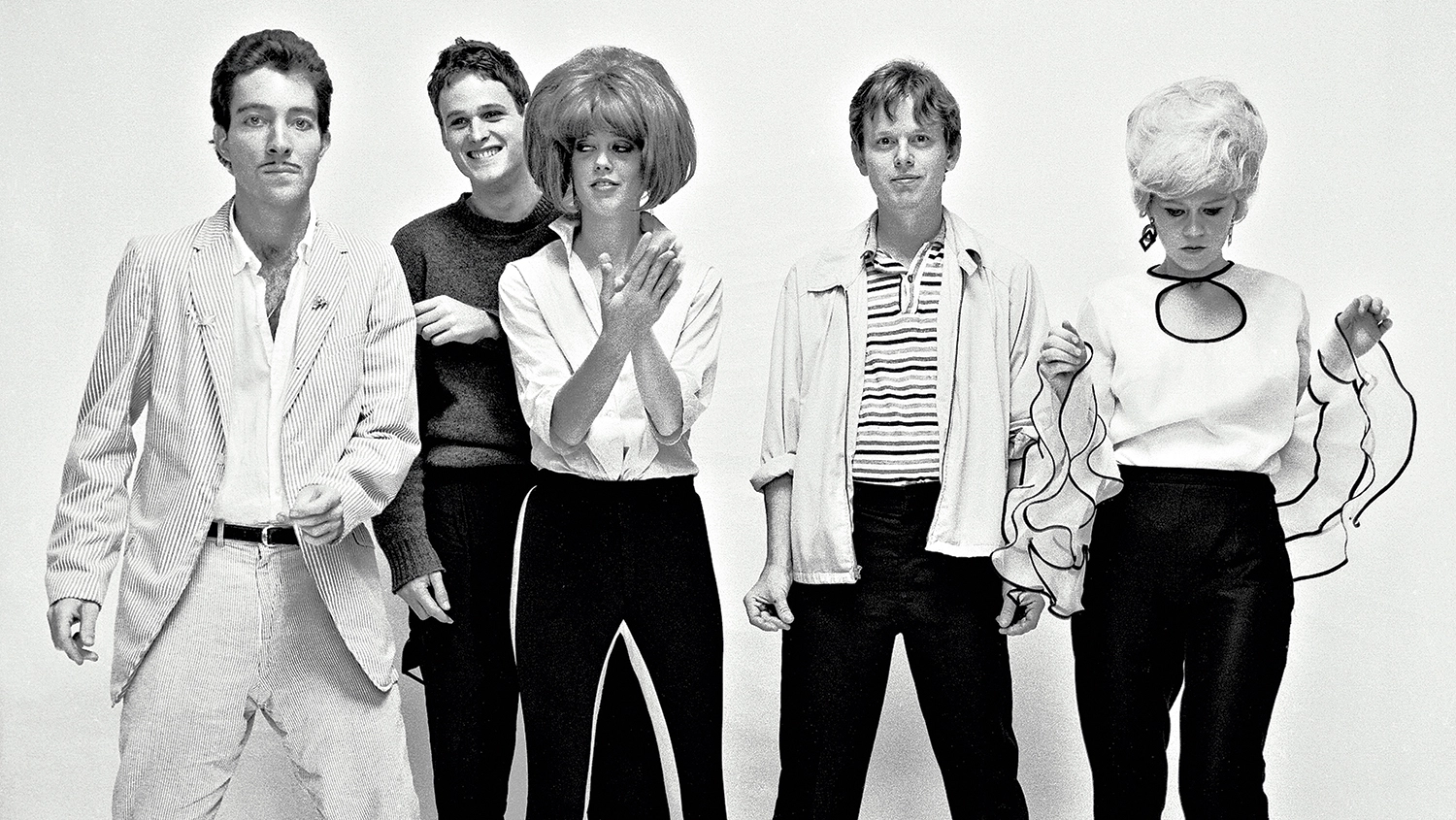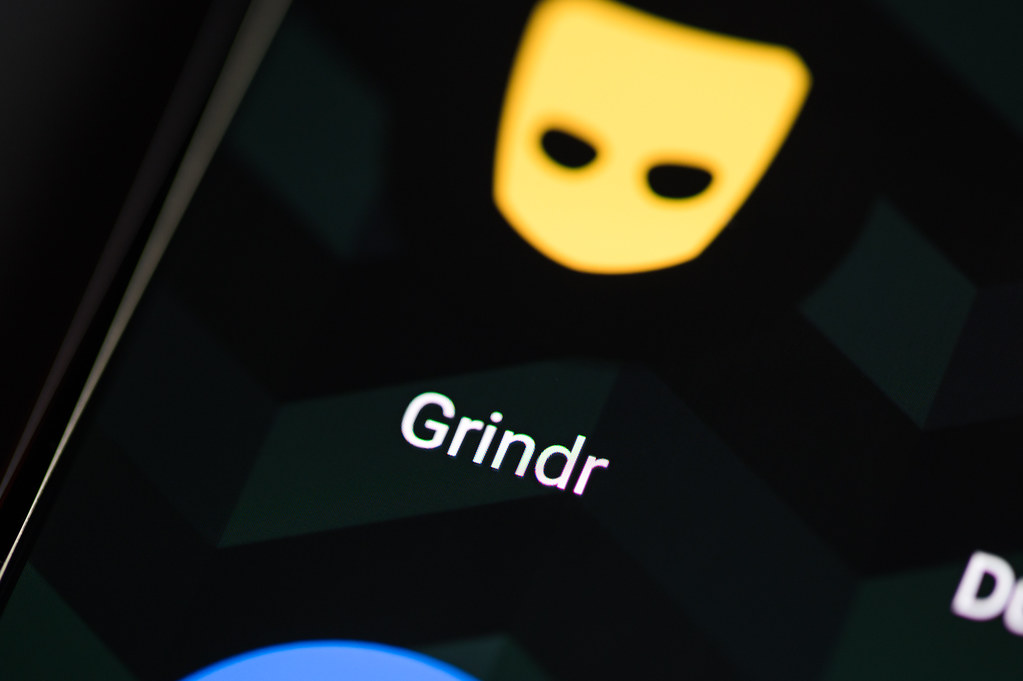THE LGBTQ+ YOUTUBERS YOU NEED TO WATCH
Joel Rochester

Channel: FictionalFates
Bio: Joel identifies as a “bisexual Black British boy”. He is currently in his third year at university, studying English Literature and Creative Writing. He began his bookstagram and blog back in 2015 and this encouraged him to start his booktube account last year, which is already at 50.2k subscribers. Joel was particularly encouraged to start his channel because of BLM, as he felt “more empowered to use… [his] voice in spreading diverse reading and representation and showing that black lives matter”. Indeed, he also amplified his voice through the format of literature, as, in 2020 Joel wrote a short story, ‘The Boy & The Dragon, and is in the process of writing his first novel.
“Reading was probably my escape from reality, like a comfortable and safe space from a harsher world that didn’t like a queer British boy, a queer Black boy”
– Joel Rochester
Video Recommendation: ‘how I organise myself as a reader + student’ / ‘let’s talk about black books, baby‘
Rose Ellen Dix & Rosie Spaughton

Channel: Rose and Rosie
Bio: Rose and Rosie are a married comedy duo; they have been married for 5 years and you can watch their beautiful wedding video their channel. They both had individual YouTube channels in 2011, before making their first combined channel, “Let’s Play Games”, which was a gaming channel. They then made their channel Rose & Rosie where they do comedy skits and along with more personal videos, including Rose’s experience of having OCD and Rosie’s experience of being a bisexual woman in their “BISEXY SERIES” (Rose and Rosie Vlogs). They have recently started their podcast “Rose and Rosie: Parental Guidance” which discusses their experience of trying for a baby through IUI.
Video recommendation: ‘Rating Gay Ships on Netflix/Discussing My Trauma | EMDR therapy | PTSD and OCD (uncut)‘
Melanie Murphy

Channel: Melanie Murphy
Bio: Melanie is an Irish YouTuber, author, a mother. Her content centres around empowering others by representing her true self. Melanie shares her bodily insecurities and mental health struggles. Along with this, she discusses and tackles “taboo” subjects such as: abortion rights, sex, sobriety and biphobia. Notably, her “PMS PARTIES” series portrays the often-overlooked subject of PMS, visually representing the struggles that people with periods face. Melanie also creates shorts, including FEMME, a spoken word film about her sexuality, and CHOICE, a film to tackle abortion rights in Ireland. She uses her creative format to speak-up for the LGBTQ+ community and actively tries to educate her viewers, including LGBTQ+ sex and relationships education which is very limited in the UK curriculums.
“I can’t silence all the voices swimming in my brain that question the validity and extent of my bisexuality”
Melanie Murphy
Video recommendation: ‘Why We Still Need Pride/FEMME‘
Header image credit: Metro Weekly


